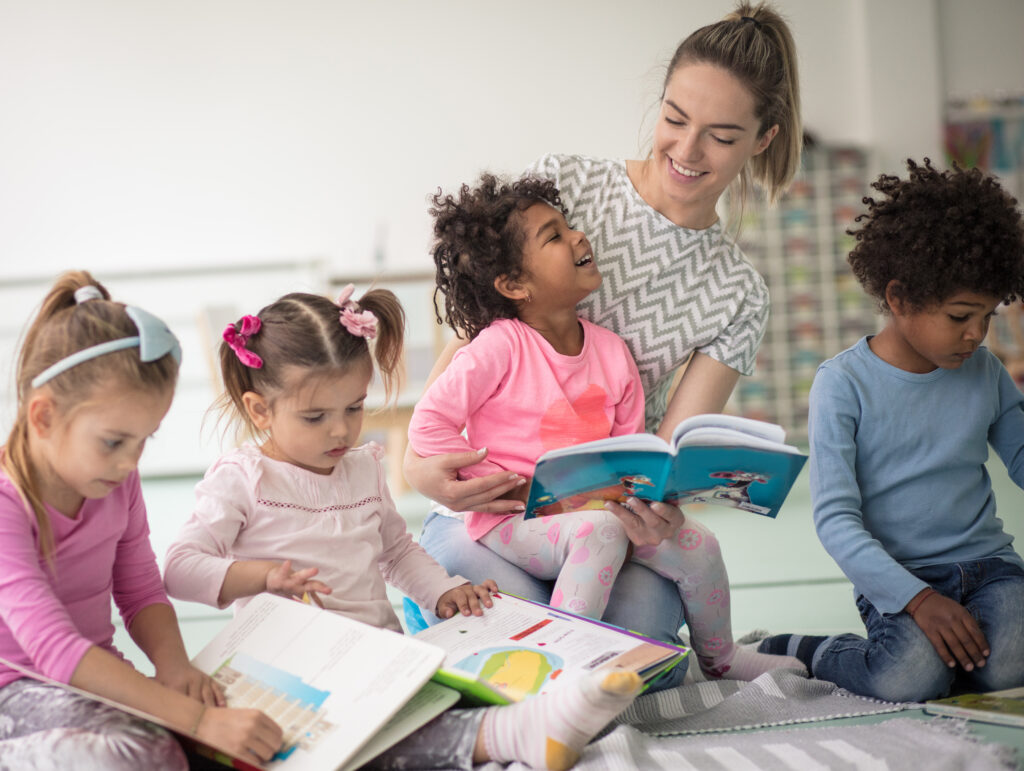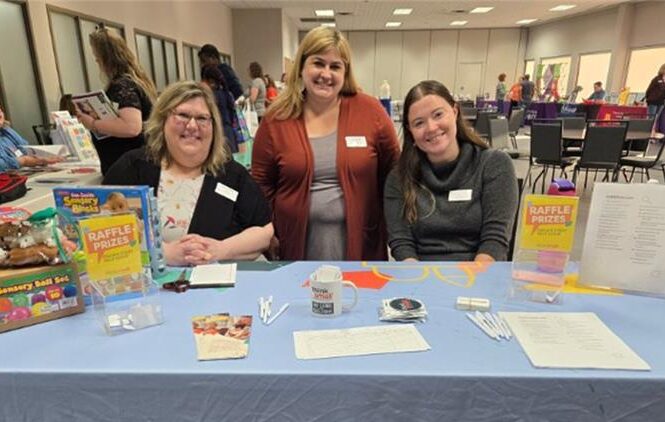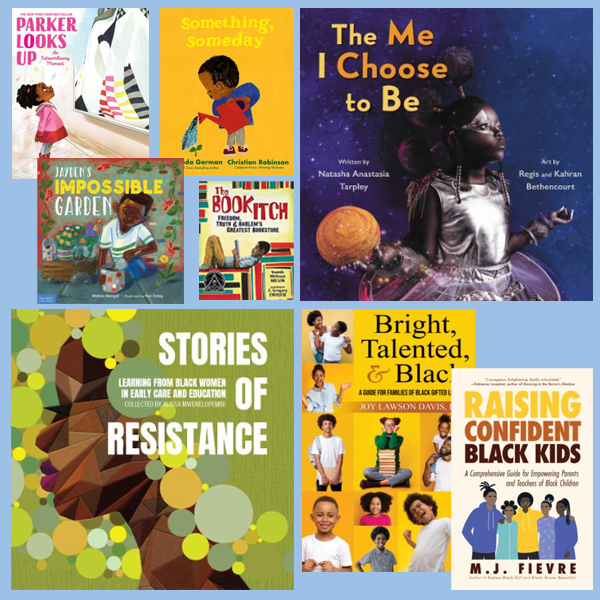Children’s brains in the first five years of life are rapidly forming new connections and building the foundation for future learning. Caregivers in a child’s life play a crucial role in supporting healthy growth across all developmental domains. One of these areas is language development and early literacy.Learning to read is a foundational skill and a main focus of elementary educators, but what children learn before they enter Kindergarten helps them prepare to read. Parents, early childhood educators, and other caregivers are essential in developing these early literacy skills.Research indicates what some of these skills are and how adults can incorporate them into a young child’s experiences as part of a whole-child approach to supporting their healthy development. While more study still needs to be conducted, we do know that utilizing the big ideas from the science of reading is an integral part of helping all children learn to read. The science of reading is not a specific program or intervention but rather a set of key components for successful reading. Here is an overview of some of the components.
Components of Literacy
Phonological Awareness is about understanding and playing with the sounds in words. For example, knowing that “cat” has three sounds: /k/ /a/ /t/. Add in Vocabulary Development, and children learn new words and what they mean. For instance, understanding that “happy” means feeling good. Print Awareness is knowing that letters make words and learning that we read from left to right and top to bottom on a page. Fluency describes reading accurately, reasonably fast, and with feeling. Building fluency requires regular practice and exposure to various types of texts. This builds Comprehension Strategies that allow the reader to begin predicting, summarizing, asking questions, and connecting what you read to your life.Educators and parents need to Scaffold Instruction to effectively provide structured support and guidance to help children gradually build their reading skills. This often includes using a combination of explicit instruction, modeling, and guided practice. The most effective way to do this is to include Multisensory Learning. Incorporating multisensory activities, such as using manipulatives, interactive games, and kinesthetic learning, can help engage young learners holistically and comprehensively reinforce reading concepts. To connect with children and their families, it is vital that the learning has Cultural Relevance. Recognizing and incorporating diverse cultural experiences and backgrounds in reading materials and instructional approaches can enhance children’s engagement and foster a positive attitude toward learning. Actively engaging Parental Involvement by educating parents and caregivers by providing resources and encouraging them to read with their children can significantly support early literacy development.And finally, conducting an Ongoing Assessment of children’s reading skills can help identify areas of strength and areas that need additional support. Various assessment tools and strategies can inform instructional decisions and ensure interventions are tailored to individual needs.Understanding the science of reading in early childhood education is crucial for educators and parents to provide young learners with the necessary skills and support to become proficient readers and lifelong learners. For it truly is the foundation of all other learning.Citation: https://improvingliteracy.org/brief/science-reading-basicsNational Center on Improving Literacy (2022). The Science of Reading: The Basics. Washington, DC: U.S. Department of Education, Office of Elementary and Secondary Education, Office of Special Education Programs, National Center on Improving Literacy. Retrieved from http://improvingliteracy.org.By Nikki Darling-Kuria, Strategic Leader of Content and Innovation & Director of Redleaf Press



